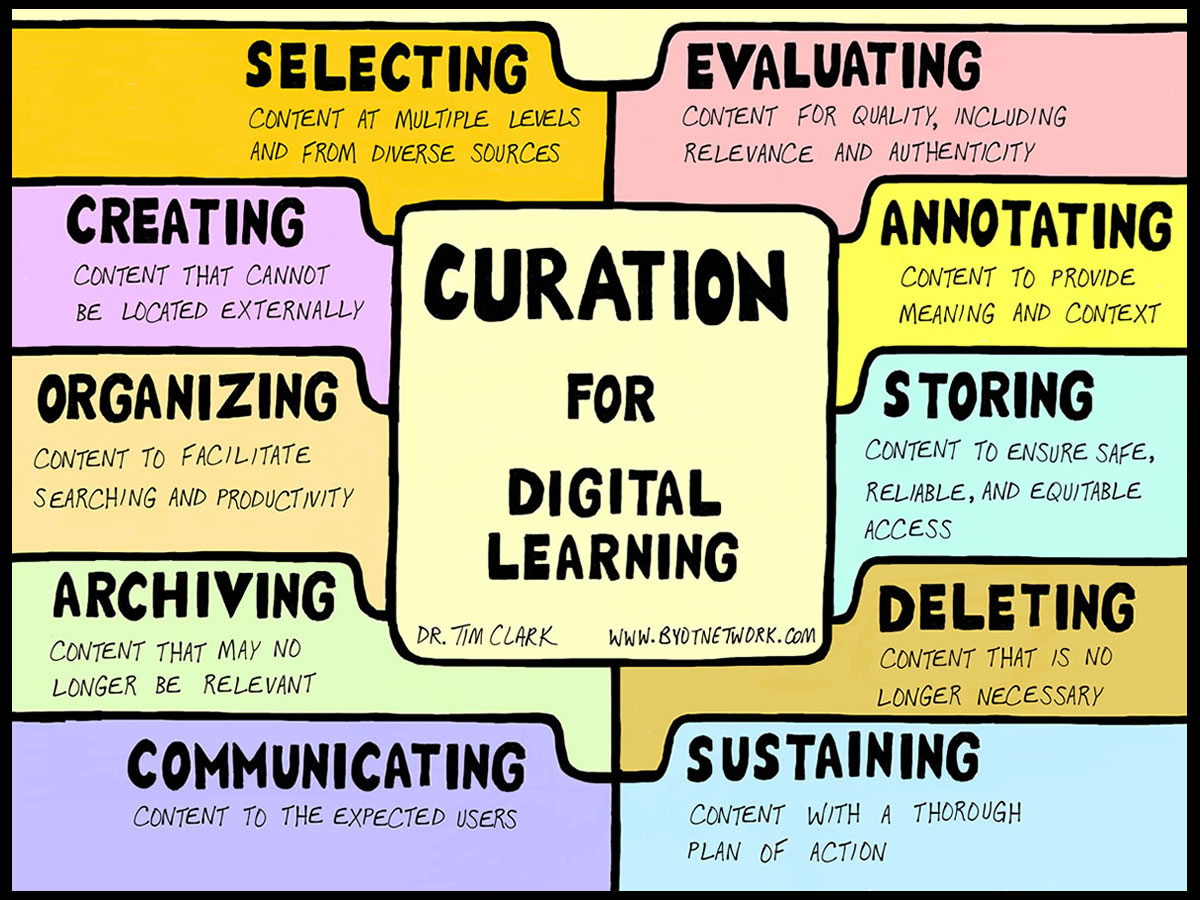
Schools and districts are now utilizing an influx of digital tools, content, and platforms with several hopeful intentions. With the use of these resources, educators are planning to better engage student learning, increase academic performance; and prepare students for an ever-changing digital world. Whether the technology devices are owned by the students and brought to school as part of a Bring Your Own Technology (BYOT) initiative or provided by the district, teachers and students are using these tools and accessing online platforms to transform learning experiences by developing new ways to connect with each other and digital content.
Although greater access to technology tools and devices has increased, with public schools now providing at least one computer for every five students and ensuring high-speed Internet connections (Education Week, 2016), these resources are still not fully achieving their desired goals. There are many possible reasons why teachers are still struggling to use technology to transform instruction. While districts have rushed to provide teachers with access to technology tools, platforms, and the Internet, most have not spent time curating the digital content necessary for teachers to maximize the potential of these resources. Of course, many districts have also increased their subscriptions to digital content providers, but to strategically curate digital content is a different initiative that requires its own comprehensive plan.
In a professional learning session, a teacher once complained to me that her district was technology rich, but resource poor. However, the district had placed greater emphasis on acquiring devices and the use of learning platforms for classroom management over the curation of digital content. Consider that in the past, teachers were usually provided with a textbook that included most of their necessary instructional resources. While simultaneously reducing the expenditures on print resources and raising funds for technology purchases, many districts eliminated textbooks and provided teachers with devices. Now, many teachers are engaged in a time-intensive daily process of designing digital instruction from resources they find on the Internet, in addition to learning how to use new technology tools, while attempting to increase student engagement and academic performance.
Content Curation Activities
A district’s strategic focus on the curation of digital content for its teachers and students can help to facilitate the transition to a digital learning ecosystem. Curation for this ecosystem entails more than just collecting, gathering, and organizing. The process of curation involves the following purposeful activities:
- Selecting content at multiple levels and from diverse sources
- Evaluating content for quality, including relevance and authenticity
- Creating essential content that cannot be located externally
- Annotating content to provide meaning and context
- Organizing content to facilitate searching and productivity
- Storing content to ensure safe, reliable, and equitable access
- Archiving content that may no longer be relevant
- Deleting content that is no longer necessary
- Communicating about content to the expected users
- Sustaining the content with a thorough plan of action
Reasons for Content Curation
Although the strategic process of curation has often been overlooked by K-12 school districts, it has been a regular practice in higher education, museums, and libraries, and its necessity to business continues to grow in importance with the need to inform and educate workers and customers due to the abundance of information readily available online in the digital age. Likewise, there are numerous reasons why the task of curating content should be systematically implemented within K-12 school districts, including the following:
- Preserving instructional time
- Utilizing resources more effectively
- Providing greater access to content
- Promoting equity among users
- Protecting digital rights
- Supporting online safety
- Encouraging innovation
- Saving money and resources
- Ensuring quality in content
- Nurturing a sense of community

Without purposeful curation, it is impossible to realize the full impact of digital learning resources and initiatives. There would be no consistent approach to the acquisition and use of digital content to inform the improvement of teaching and learning practices. Not only does curation help to ensure the quality of resources that are being utilized for instruction, but it also promotes equity, especially when those resources are incorporated within an accessible digital curriculum. In my next blog post, I will explore various strategies for content curation.
Curation for Digital Learning © 2017 by Dr. Tim Clark is licensed under CC BY 4.0
#1 by creativeowlatwork on January 13, 2017 - 3:48 am
Good read 🙂 We share same interest- Content Curation. Have a look at my blog and may be share some suggestions to improvise. Have a great year ahead. 🙂